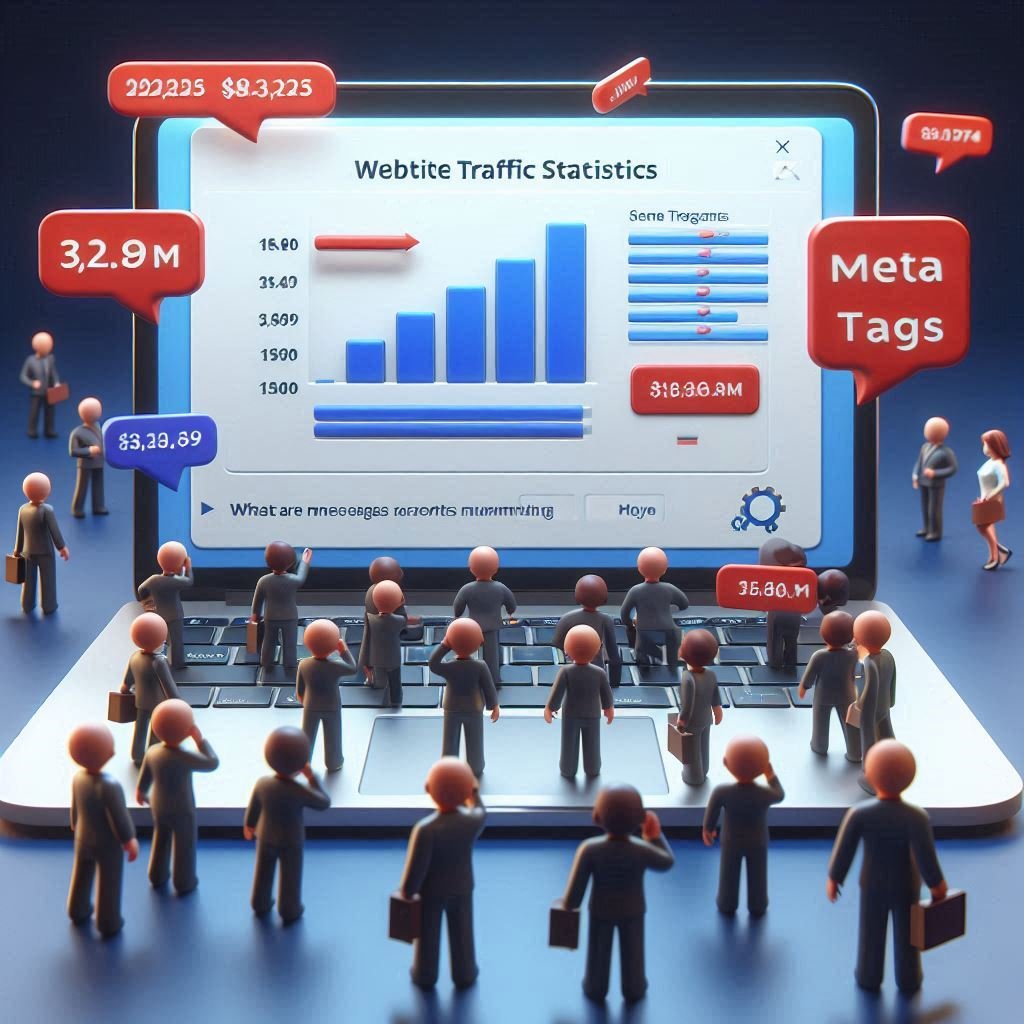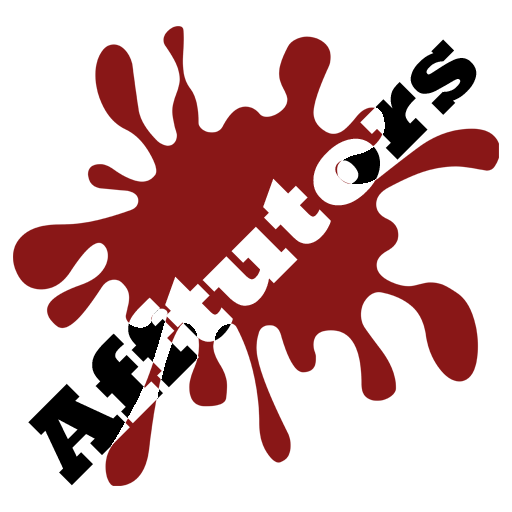What are meta tags, what are their types and their importance in SEO 2024?

In this article, we will talk about what are meta tags, or “ meta tags ”? Why are they important for search engine optimization, and how can we use them correctly? Let’s ask first, what prompted you to visit this article? Perhaps the title of the article caught your attention, or perhaps many reasons. If you found this article through a search engine, say Google, this is a good chance, because you found this article and clicked on it because of the meta tags. If you know how to write an article that is compatible with SEO well, then some important points are also to realize the importance of meta tags and how they work
What is meta tag and what are its most important types?
We will assume that you have some knowledge about HTML, Meta tags are an important tool that helps search engines rank your website pages. Meta tags are commands called by the Internet browser, and they are usually not visible to the user, Meta tags are only present in the HTML page, and are usually placed between the <head> and </head> tags , and therefore are only visible to search engines
the word “meta” refers to “metadata”, which is the type of data that meta tags provide. Meta tags are the foundation of search engine optimization, and one of the first and most important things that you will find yourself setting up when creating any web page, without meta tags you cannot reach your site visitors naturally.
It doesn’t take long to create meta tags, but they’re more important than you think, because 93% of all online traffic starts from search engines and taking care of them improves your first page rankings.
Meta tags can be a snippet of text that describes the content of a page. Meta tags do not appear on the web page itself, but only in the page’s source code. Meta tags are basically descriptors that describe much of the content of your site’s pages to help tell search engines what the web page is about.
Search engines use metadata provided in meta tags to understand additional information about a web page. Search engines can use this information for the purposes of ranking or classifying your site on the search page, and also to display snippets in search results. Sometimes search engines can ignore meta tags.
Meta tags are the beginning of any SEO training, for better or worse. I thought about how to introduce this topic because we always hear about the bad side of meta tags – keyword meta tags. One of the first things that is explained on most websites is the misuse of meta tags. This is probably mainly because they are at the top of every page in the title, so they are the first thing that is seen. But we don’t want to be too negative; meta tags are one of the best tools you can use for SEO.

Meta tag types
There are meta tags that go beyond just description and keywords, although these two are always explained. I’ve broken down the most commonly used ones (in my experience) by: good, bad, and normal. You’ll notice that the list goes on. I couldn’t cover all the meta tags that can be added, but there is a comprehensive meta tag resource that you should check out if you’re interested in learning all about meta tags.
1- Good or important meta tags:
These are the meta tags that should be on every web page, no matter what, note that the list is small, and they are the only ones that are required.
- “Content-Type” – This meta tag is necessary to declare the character set used to display the language of the web page. It should be written on every web page. Leaving this meta tag out may affect how your page is displayed in the browser. We have put some examples below, but your web designer should know what is best for your site.
<meta http-equiv=”Content-Type” content=”text/html; charset=utf-8″/>
<meta http-equiv=”Content-Type” content=”text/html; charset=ISO-8859-1″>
- Title – Although the title tag doesn’t start with “meta”, it is located in the header and contains very important information for SEO, you should always have a unique title tag on every page to describe it.
<title>Page Title</title>
- “description” – The meta description tag is used for one main purpose: to describe the page to searchers as they read on the search page. This tag does not affect the ranking, but it is very important regardless. It is the ad copy that will determine whether the user will click on the search result or not. Always keep your description within 160 characters, and write it in a good way to grab the user’s attention. Promote the article through the meta description.
<meta name="description" content="Site description is written here">
- “Viewport” – In the mobile world you should specify the viewport, if you don’t you risk a bad mobile experience – Google PageSpeed Insights will tell you more about this, the standard tag is:
<meta name=viewport content="width=device-width, initial-scale=1">

2- Regular or medium importance meta tags:
Different websites will need to use these meta tags in certain circumstances, but if you can do without them please do so and it’s up to you to be able to use some of them and how they work for your site:
- Social meta tags – I’ll leave these out. Open Graph and Twitter data are important for sharing but not required in and of themselves.
- Robots – One big misconception is that you need to have a robots meta tag, let’s clear this up: In terms of indexing and tracking, if you don’t specify a robots meta tag, it is read by search engines as indexable and trackable, only if you want to change one of these things, you need to add a robots meta tag, so if you want to “not index” but allow the links on the page to be tracked, you can add the following tag with just noindex, as shown below.
<meta name="robots" content="noindex" />
- Googlebot or specific robots – These tags are used to give instructions to a specific robot like noodp (to force the robot not to use the site’s directory list of links). Generally, search engines are really good at this sort of thing on their own, but if you think you need it then feel free to use it. I’ve seen a few cases where it’s necessary, but if you must then consider using the Robots global tag mentioned above.
- Language – The only reason to use this tag is if you are targeting an international domain and need to declare the primary language used on your site, check out the list of descriptive languages here for a full list of languages you can use on your site.
- Location or Geo – These meta tags are supported by Bing, not Google (you can target a country within Webmaster Tools), there are three types: place name, position (latitude and longitude), and region.

<meta name=”geo.region” content=”US-MN” />
<meta name=”geo.placename” content=”Minneapolis” />
<meta name=”geo.position” content=”44.980257;-93.270034″ />
- Keywords – We have put this tag in the “Regular Meta Tags” list, although no good SEO recommends spending any time working on this tag, there is a very small chance that it can help you somewhere, please leave it if you are building a new site, but if it is an automated site then there is no need to remove it .
- Refresh – This is a redirect tag and should not be used if at all possible. You should always use a 301 redirect by the server, even if you must use it sometimes. Google is not a fan of this tag.
- Site verification – Your site is verified with Google and Bing, right? Who has verification meta tags on their homepage? Sometimes these are necessary because you can’t use other methods to verify a site, but if you can, try verifying in another way. Google allows you to verify via DNS, an external file, or by connecting your Google Analytics account. Bing still only allows via XML file or meta tag, so I tried verifying by file if I could.
3. Bad or need-to-be-removed meta tags:
Nothing will harm your site if you do not use these tags, because they are almost useless, including:
- Author – This tag is used to name the author of the page, it is not necessary on the page.
- Revisit after – This meta tag is a command for robots to return to the page after a specified period of time, not used by any major search engine like Google and Bing.
- Rating – This tag is used to indicate whether the content is rated as mature or not.
- Expiration/ Date – The “ Expiration ” tag is used to note when the page will expire, and the “ Date ” tag is to announce the date the page was made, are any of your pages going to terminate? Just remove it if so, and for the “ Date ”, set up an XML sitemap and keep it updated, it’s much more useful.
- Abstract – This tag is sometimes used to provide a summary or synopsis of the content and is primarily used in educational activities.
- Distribution – The “ distribution ” tag is used to control who can access a web page, and is usually set to “ global .” This means that this web page is intended for the entire world, so there is no need for it to be on your page.
- Generator – This tag is used to note that the program that created the page, such as the author meta tag, is useless.
- Cache-control – This flag is set in hopes of controlling when and how often a page is cached in web browsers, it is best to do this within the HTTP header.
- Resource type – This tag is used to name the type of resource that the page represents, such as a document .
Although Google is constantly updating, Meta Tags remain one of the most powerful technical SEO tools. Meta Tags play a very important role in the process of ranking websites on search engine pages. If you want to speed up the process of archiving your site , you must be careful to place the tags correctly and appropriately. If you have any questions, you can contact us at any time, and if you have some comments, do not hesitate to inform us of them.





